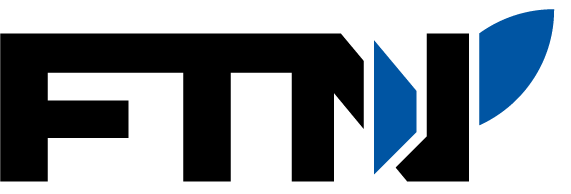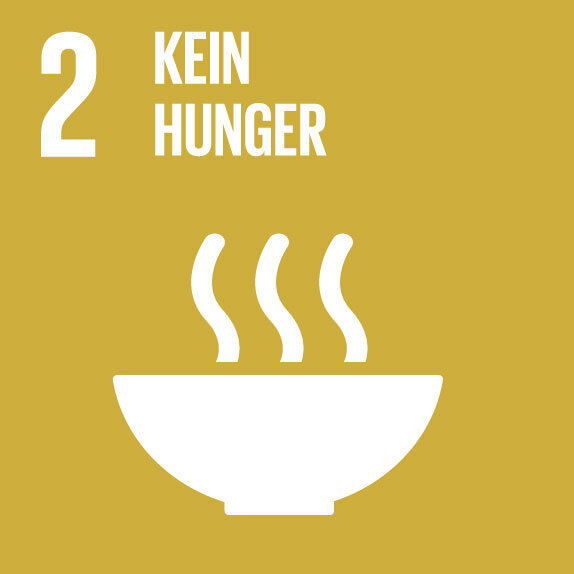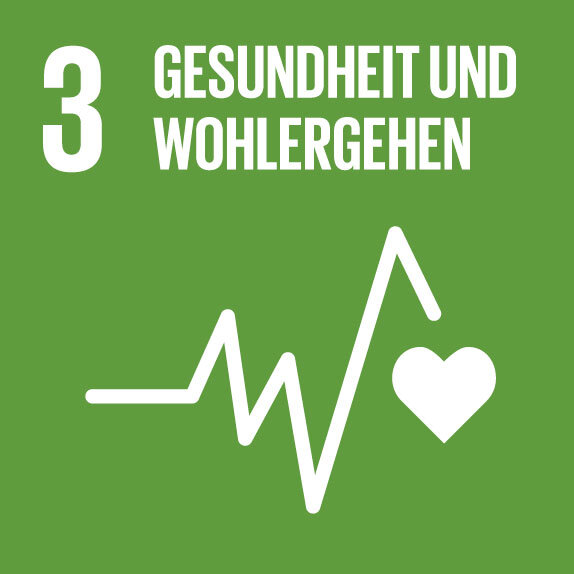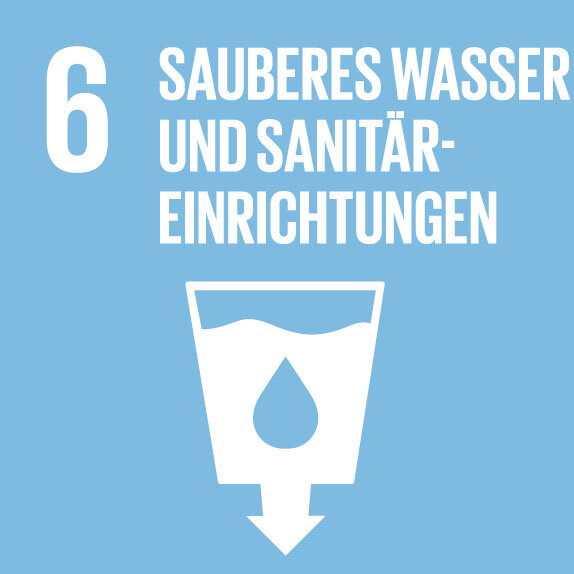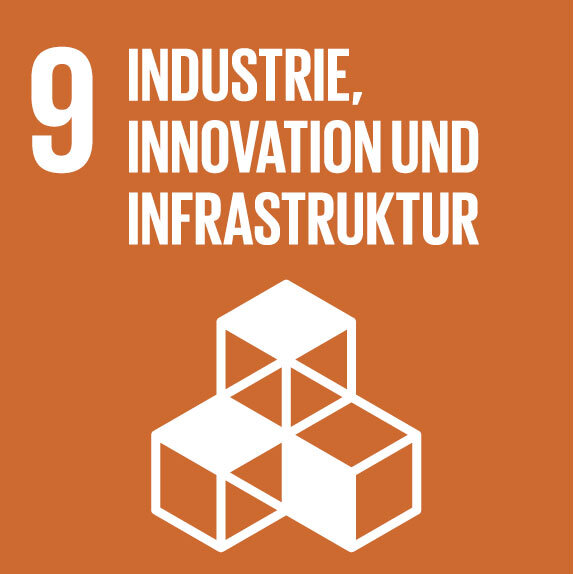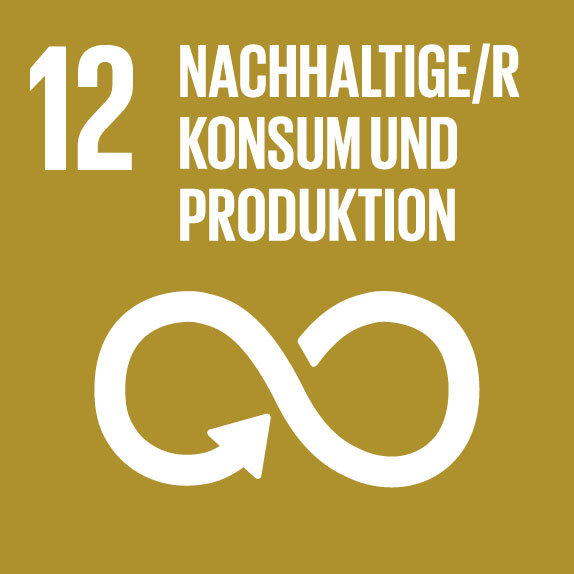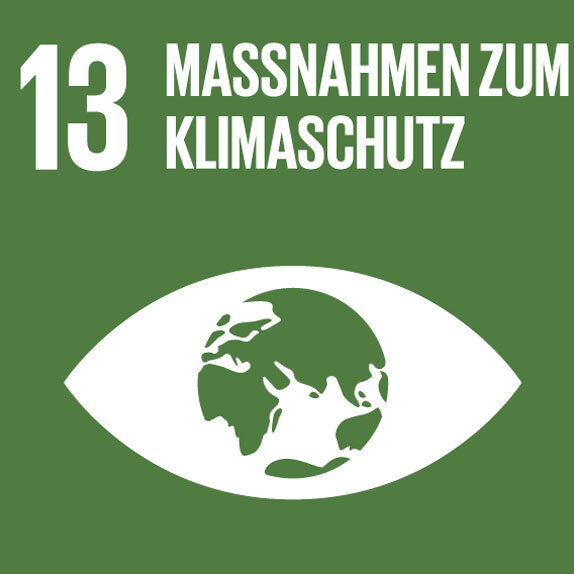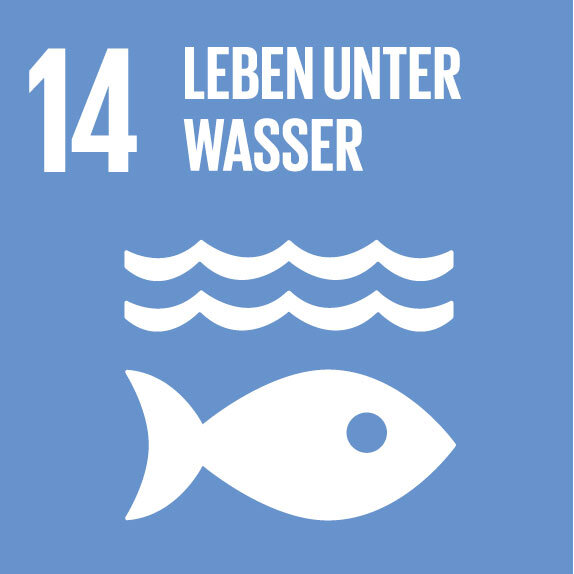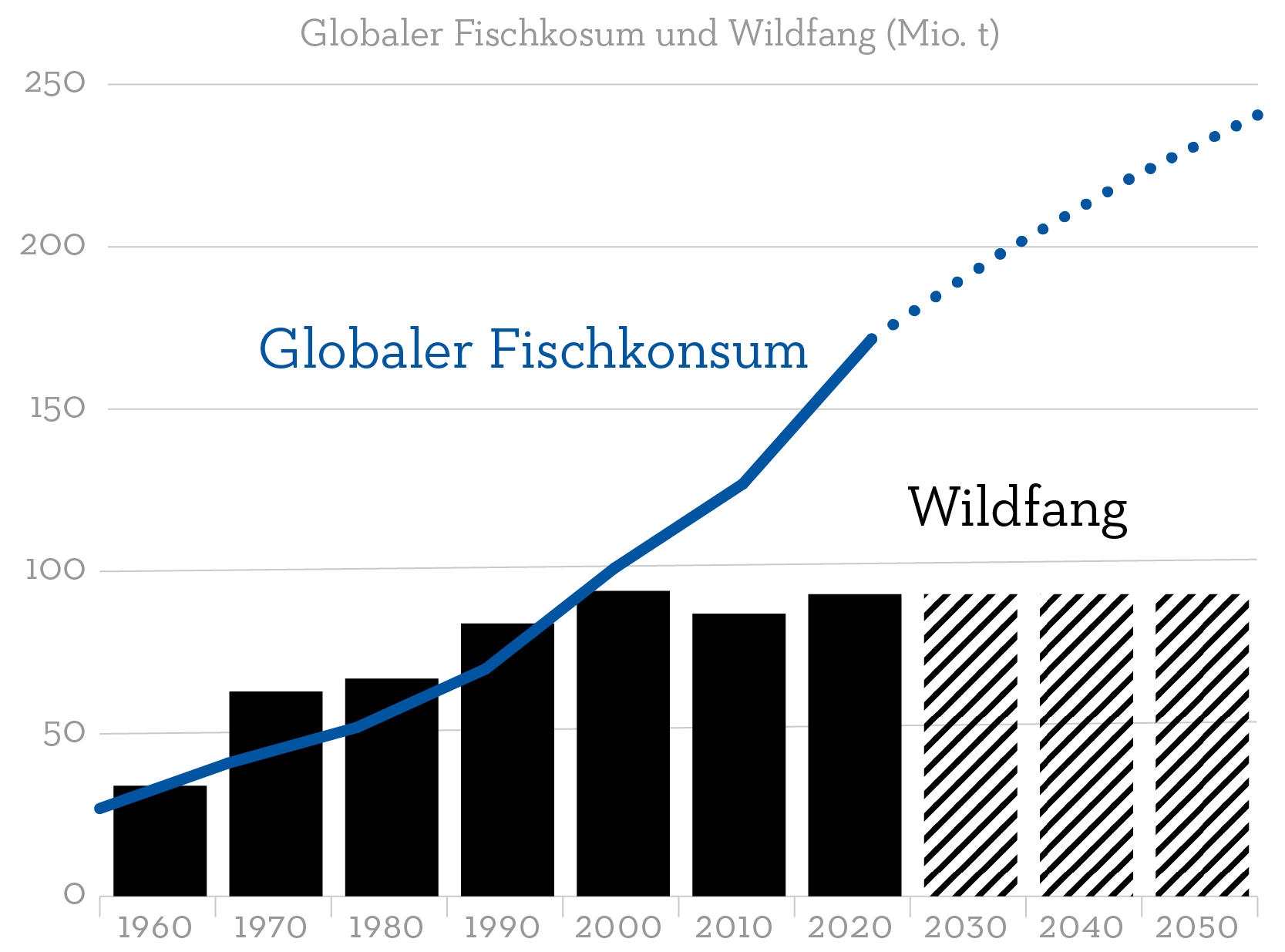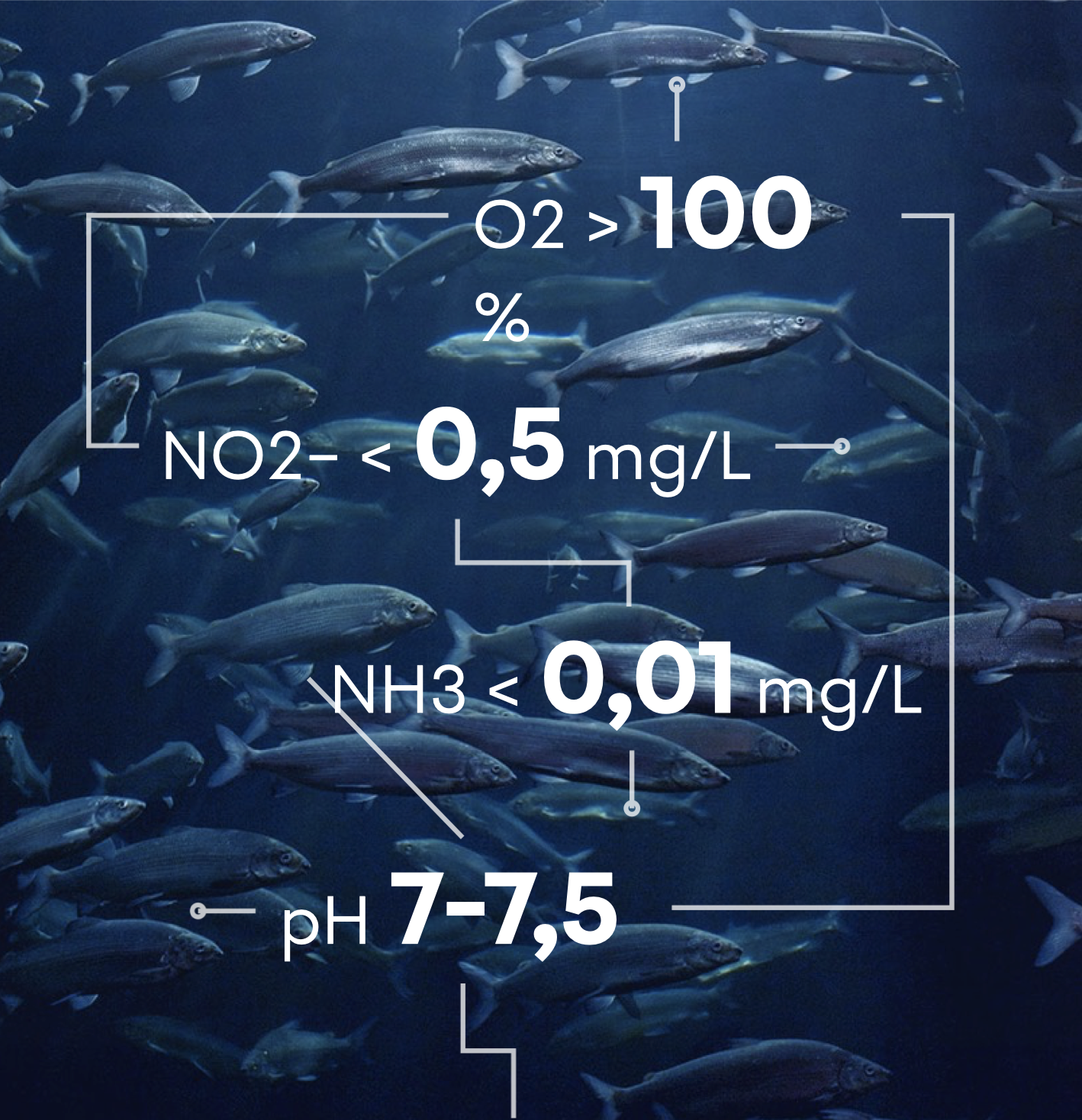
For healthier diets – and future generations
↓
Agenda 2030 – realising a global agenda for change.
The 2030 Agenda for Sustainable Development was unanimously adopted by all United Nations members on 25 September 2015. It provides a shared blueprint for social, economic, and ecological development. The Sustainable Development Goals (SDGs) are a clear priority for FTN and our work focusses specifically on eight of the seventeen impact-oriented goals. We’ve made it our mission to play an active part in realising this global agenda for change by sharing our expertise, innovative technologies and our genuine passion for nature and animal welfare.
Our contribution to the Sustainable Development Goals
Sustainably produced food
High food security
No use of antibiotics, pesticides, hormones, etc.
Healthy, fresh and light protein
Bio-Filter technology allows for more effective water usage
Wastewater is used for irrigation plants (aquaponics)
Use of local workforce
Training, research and development
Use of ecologically compatible energy sources
Local infrastructure and reduced transport routes
Far better feed conversion ratio compared to other animal species
Lower CO₂ footprint and reduced transportation
Preservation of oceans and inland waters as natural climate regulators
Protection of the seas and marine ecosystems
Preservation of wild fish stocks
Source: unric.org
Our diets – an environmental challenge
Source: geo.de
Through food alone, each of us produces 2000 kilogrammes of CO2 each year. Almost 65 per cent of these climate-damaging gases are generated by meat, milk and dairy products. Fish products only account for a fraction of CO2 emissions, making them a convincing alternative.
Sustainable fish – good for our health, good for the environment
Fish is healthy, tastes great and has the lowest environmental footprint of all animal-based protein sources. But current fishing methods result in massive overfishing and major environmental problems. That’s why we rely on innovative and sustainable indoor fish farming – a method that protects wild fish stocks, guarantees maximum animal welfare and is recommended by leading environmental organisations. This means that we can ensure food security for future generations, too – in a way that makes real financial sense while treading lightly on our planet.
Fish – a great source of low-impact protein
Source: seawatercubes.com
When it comes to emissions, the need for animal feed and land and water consumption, fish is the world’s leading protein source.
Fish consumption - natural fish stocks can’t meet our needs
Sources: fao.org
Our seas are already overfished. Additional factors such as environmental pollution, by-catch and some fishing methods negatively impact on natural fish stocks.
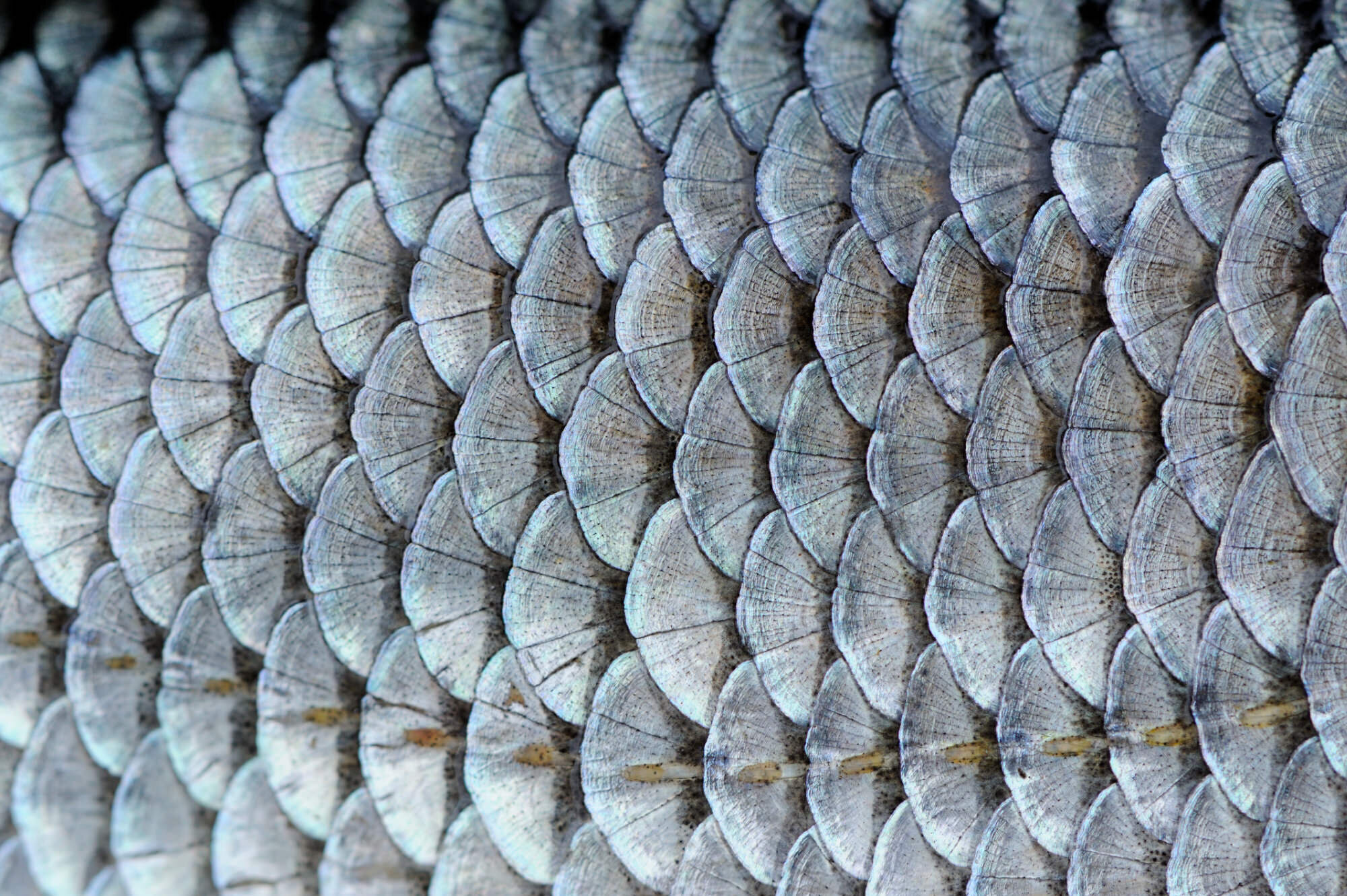
“Only a healthy fish is a good fish. And it’s clear that fish health is of utmost importance to FTN in their daily work."
Dr. med. vet. Ralph Knüsel, Fishdoc
Fishery development - only aquaculture can meet growing demand
Sources: fao.org
The fishery and aquaculture sector has undergone large-scale expansion over recent decades, with total production reaching a historic high in 2020. This rising level of demand can only be adequately met by an aquaculture sector using indoor fish farms with state-of-the-art technology – the only solution that offers a truly sustainable alternative.
Indoor aquaculture - CO₂-neutral fish production thanks to closed-loop systems
Source: FTN AquaArt AG
Indoor aquaculture is based on closed-loop systems that ensure a genuinely sustainable approach. 98 per cent of water resources are reused. The use of renewable energy sources guarantees maximum energy efficiency. Even wastewater can be recycled and reused in extended systems such as vegetable cultivation. In this way, by-products can be used to simultaneously add value and maximise profit margins. Ultimately, indoor aquaculture allows us to use natural resources in a more environmentally friendly way.
Quality matters – the best taste and optimal animal welfare
Indoor fish farming guarantees optimal animal welfare – without polluting our seas, lakes and rivers. Given that our fish are raised in a controlled and stress-free environment, performance-enhancing substances and antibiotics aren’t required. This means that fish produced in indoor aquaculture systems are often better quality and tests prove that they almost always rival other fish in terms of taste.
